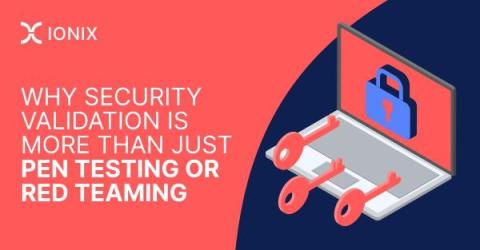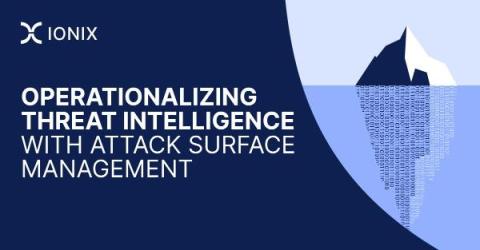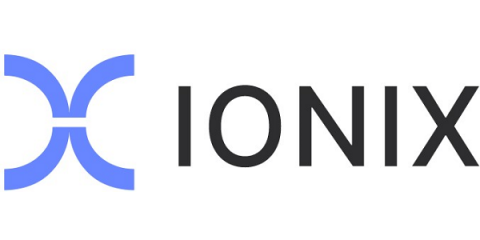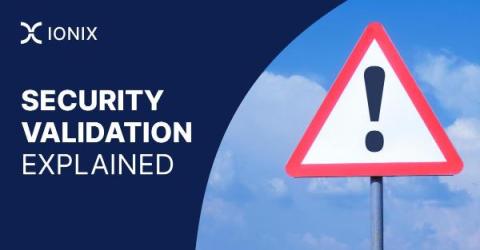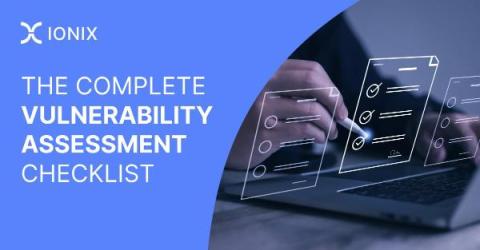Why Security Validation is More than Just Pen Testing or Red Teaming
Attack surface management (ASM) has taken center stage in cybersecurity discussions in recent years. The key factor that sets ASM apart from traditional vulnerability management is its more informed and intelligent response to threats – “the attacker’s point of view” so to speak. What makes this possible is security validation. That’s what we focus on in this article.


